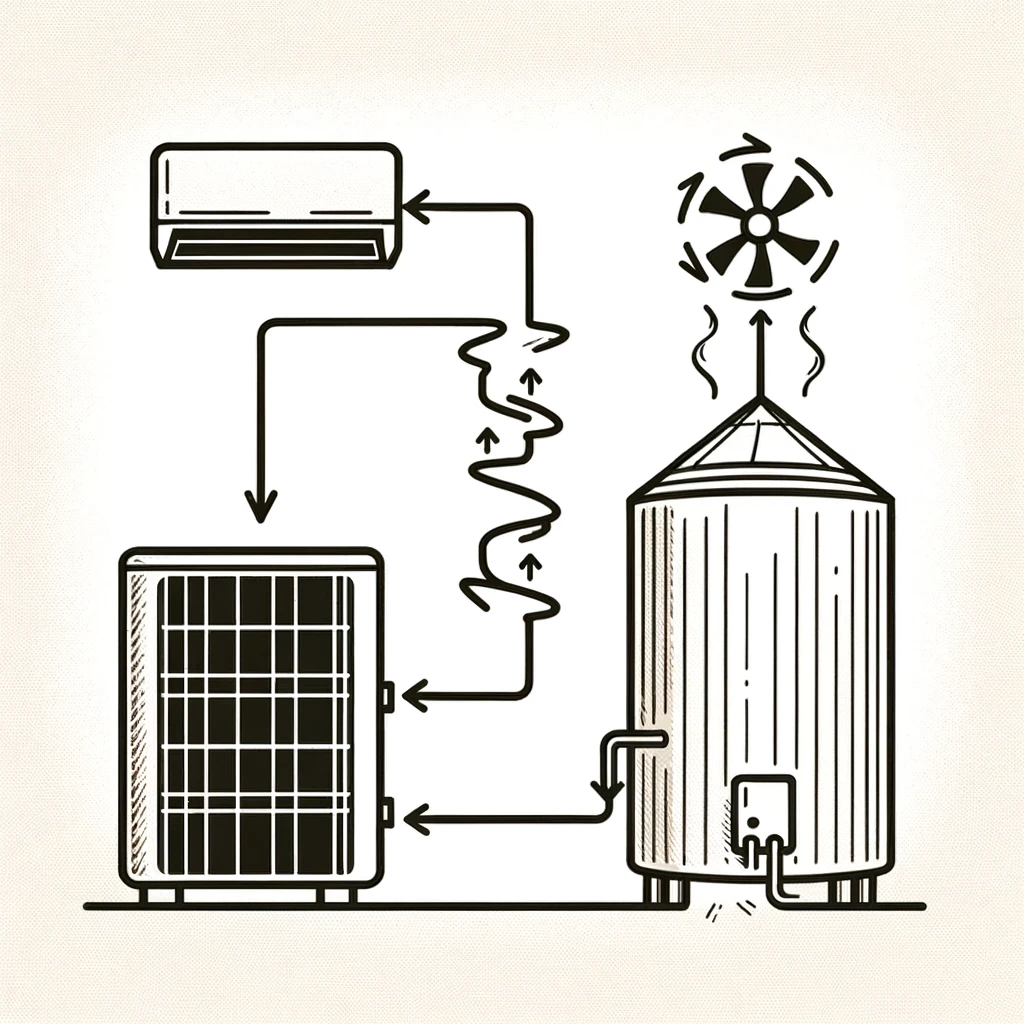Harvesting Air Conditioning Condensate for Cooling Tower Operations: A Sustainable Approach

In the quest for sustainable and efficient building management practices, the reuse of air conditioning (AC) condensate for cooling towers emerges as a promising strategy. This innovative approach not only conserves water but also reduces energy consumption, contributing to both environmental sustainability and operational cost savings.
The Concept Explained
Air conditioning systems, particularly in commercial and industrial settings, generate a significant amount of condensate. This by-product, often disregarded and drained away, is essentially distilled water that can be repurposed. By redirecting this condensate into cooling towers, facilities can make a positive environmental impact while also achieving economic benefits.
Cooling towers are essential components of heating, ventilation, and air conditioning (HVAC) systems in large buildings, industrial plants, and data centers. They dissipate heat from the building or process to the atmosphere, often requiring substantial amounts of water to operate efficiently. Utilizing AC condensate offers a way to supplement this water demand, thereby reducing the need for fresh water.
Benefits of using AC Condensate for Cooling Towers
Water Conservation
In regions where water scarcity is a concern, the reuse of AC condensate can significantly contribute to water conservation efforts. By capturing and repurposing condensate, buildings can reduce their reliance on municipal water supplies or groundwater sources, preserving precious resources for other uses.
Energy Efficiency
Reduced operational Costs
The cost savings associated with using AC condensate in cooling towers are twofold. Reduced water consumption leads to lower water bills, while improved energy efficiency translates to decreased electricity costs. Furthermore, the operational lifespan of cooling equipment may be extended due to the lower chemical content in the condensate compared to typical municipal water, potentially reducing maintenance and replacement expenses.
Implementation Challenges
Despite its benefits, the adoption of AC condensate reuse in cooling towers faces challenges. These include the need for additional infrastructure to collect, store, and treat the condensate before it can be used, as well as potential regulatory hurdles. However, with careful planning and investment, these obstacles can be overcome, allowing buildings to harness this untapped resource effectively.
Conclusion
The reuse of air conditioning condensate for cooling towers represents a sustainable practice that aligns with global efforts to conserve water and energy. As awareness grows and technology advances, this approach is poised to become a standard in efficient building management, offering a practical solution to environmental challenges while also providing economic advantages.




